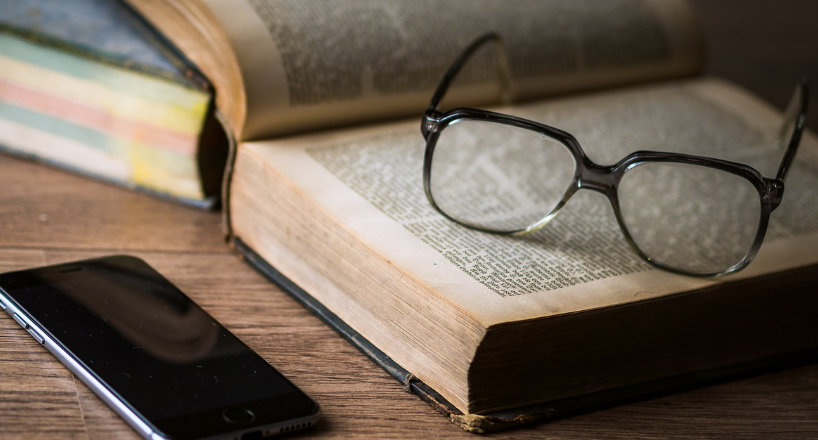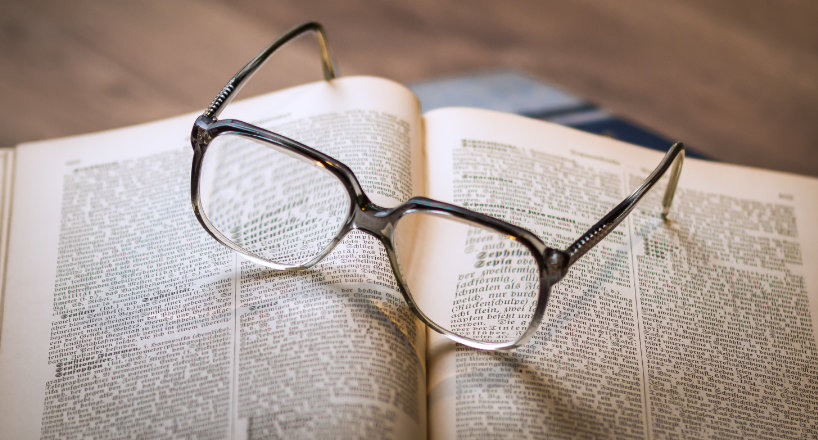Many people begin to experience difficulty reading small print or focusing on objects at close distances after the age of 40. This is a common condition called presbyopia, which is caused by a gradual loss of flexibility in the lens of the eye. This makes it difficult to focus on close objects and can make reading, writing, and other close-up tasks more difficult.
Reading glasses are a common solution for presbyopia. They are glasses with magnifying lenses that help to focus light more accurately on the retina, making it easier to see small prints or other close-up objects. They come in various magnifications, usually +1.00, +1.50, +2.00, etc.
Reading glasses can be purchased over the counter at most drugstores and optical shops, or they can be prescribed by an optometrist. Some people choose to wear reading glasses only when needed, while others prefer to wear them all the time.

It’s important to note that reading glasses are not a cure for presbyopia, and as the eyes continue to age, you may need stronger prescriptions of reading glasses over time. Regular eye exams are important to monitor your eyes condition and adjust the reading glasses prescriptions accordingly.

Styles of Reading Glasses
- Reading glasses come in a variety of styles to suit different needs and preferences. Some of the most common styles include:
- Full-frame reading glasses: These are the most traditional style of reading glasses. They have a full frame that encases the entire lens, and they are available in a wide range of colors, materials, and designs.
- Half-frame reading glasses: These glasses have a frame that only covers the top half of the lens, leaving the bottom half of the lens exposed. This style can be more comfortable for some people, as it allows for more peripheral vision.
- Rimless reading glasses: These glasses have no frame around the lens at all. The lenses are held in place by small connectors at the top and bottom of the lens. They are lightweight and can be more comfortable for some people.
- Bifocal reading glasses: These glasses have two prescriptions in the same lens, one for distance and one for reading. They are used by people who have both presbyopia and other vision problem, such as myopia or hypermetropia.
- Progressive reading glasses: They are similar to bifocal but the transition between the prescriptions is gradual, allowing the user to see at a distance, intermediate, and close-up without any visible lines.
- Foldable reading glasses: These are designed to be easily folded and stored in a small case, making them convenient for people who need to switch between reading and distance vision frequently.
- Clip-on reading glasses: They are designed to be clipped onto existing glasses, making them a convenient option for people who already wear glasses for distance vision.

The style you choose will depend on your needs and personal preference. It’s important to try on different styles and talk to your optometrist to find the one that works best for you.
Custom-made Made Vs. The Counter Reading Glasses
Over-the-counter or prepared made reading glasses might be more affordable and easier than custom-made made glasses but they do not take into consideration your individual needs. If you have no previous prescription and a light presbyopia, they might sufficiently match your requirements nevertheless in a lot of cases, they can trigger eye strain, dizziness, and headaches when they are not the ideal fit for your vision.
Having an eye test and buying custom-made lenses can fulfill your precise visual needs in each eye to produce a comfy and ideal correction for your eyes. You can likewise choose the design and shape of the glasses that look and feel the best for you.
Despite the fact that presbyopia is a typical condition that eventually impacts the majority of people at some point after 40, whenever you experience vision changes you should see an eye doctor for a test. Even if you decide that you want to begin with ready-made reading glasses, you need to get an eye exam to make sure that your eyes and vision are healthy. Many serious and vision-threatening eye diseases can be stopped and prevented with early detection, so routine check-ups, especially when there is a modification in vision, are crucial for ideal eye and vision health.